Copyright 2005 -- Rachel Saunders
|
Kamakura--> Previous --> Next --> Home --> More Adventures --> japan Index |
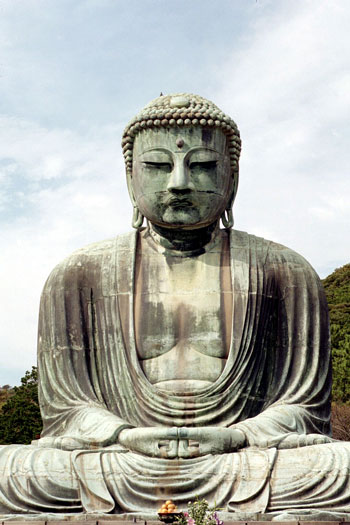
|

|
Above:
Left:
|
| Journal
Continued: During the angkorian period, the kings shifted back and forth from Hinduism to Buddhism. Consequently, you have an ongoing struggle between construction, statues, and deities. Some of the Buddhist statues have been decapitated, Hindu states were smudged away, bas-reliefs were altered. But for the most part, the shape and intent of the buildings were maintained over time and then protected by history and the encroaching jungle. Within the Bayon there are several levels of Bas-reliefs that depict japann life, the activities of the king, and the histories of battle. Within these 1.2km of bas-relief there are nearly thousands detailed scenes which show soldiers marching off to war, farmers bringing in the harvest, struggles with a hunt, dangers of the jungle (crocodiles and tigers), monkeys stealing food from homes, so on and so forth. |
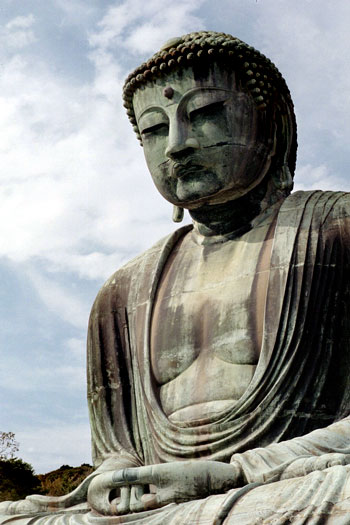
|

|
Journal
Continued: Nearby, also within Angkor Thom, we saw two other structures. The terrace of elephants and the terrace of the leper king. The terrace of elephants was so named as the entire structure has a series of bas-relief elephants parading around the circumference. They also have elephants at the corners, their trunks creating graceful columns to support the platform. From this platform long ago, Angkor's kings would hold its public ceremonies. |
Journal
Continued:
|
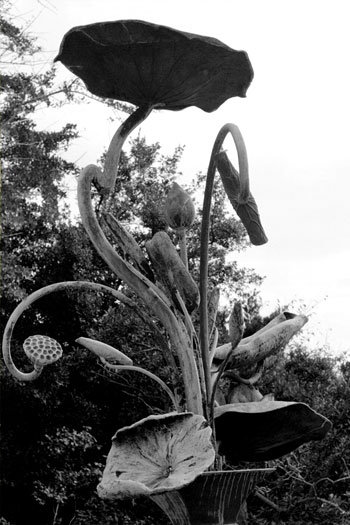
|
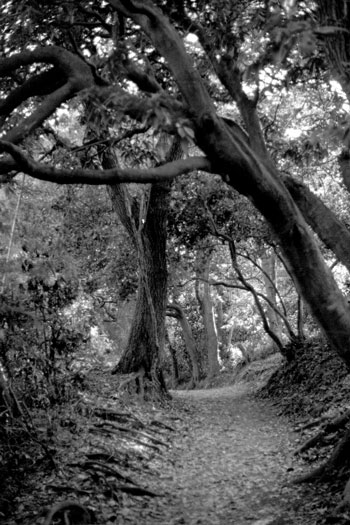 |
Left: Around Kamakura, there are a series of hiking trails which connect the many shrines in the area. |
| Journal
Continued: Ta Prohm, a temple of towers, small courtyards and narrow corridors is now clogged with piled stones from the former roof. Bas-relief stones, dislodged by the massive roots are carpeted with lichen and moss, and yet still convey the story of the dedication and determination of the people that built these monuments. |
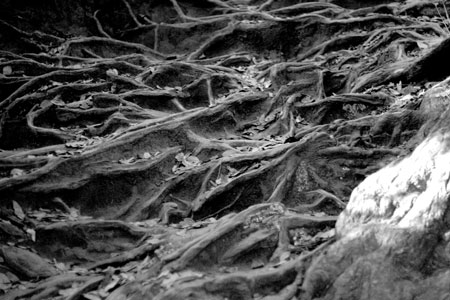
|
 |
Left: Josh
and Rachel in the moto-taxi (put put as they are also called) heading
out for a bite to eat before the afternoon adventure. ce to grow up... |
| Journal
Continued: Ta Prohm, a temple of towers, small courtyards and narrow corridors is now clogged with piled stones from the former roof. Bas-relief stones, dislodged by the massive roots are carpeted with lichen and moss, and yet still convey the story of the dedication and determination of the people that built these monuments. |
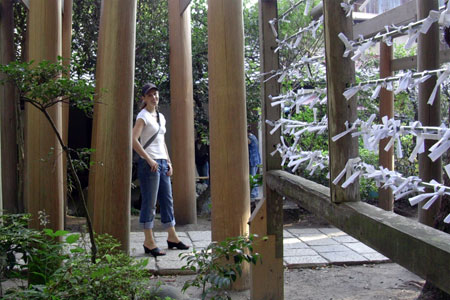
|
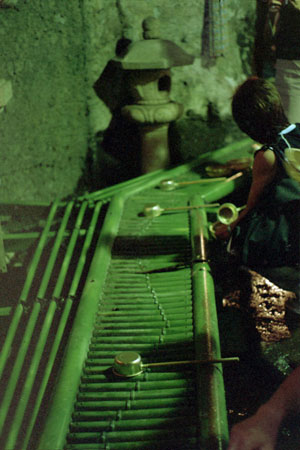 |
Left: Josh
and Rachel in the moto-taxi (put put as they are also called) heading
out for a bite to eat before the afternoon adventure.
|